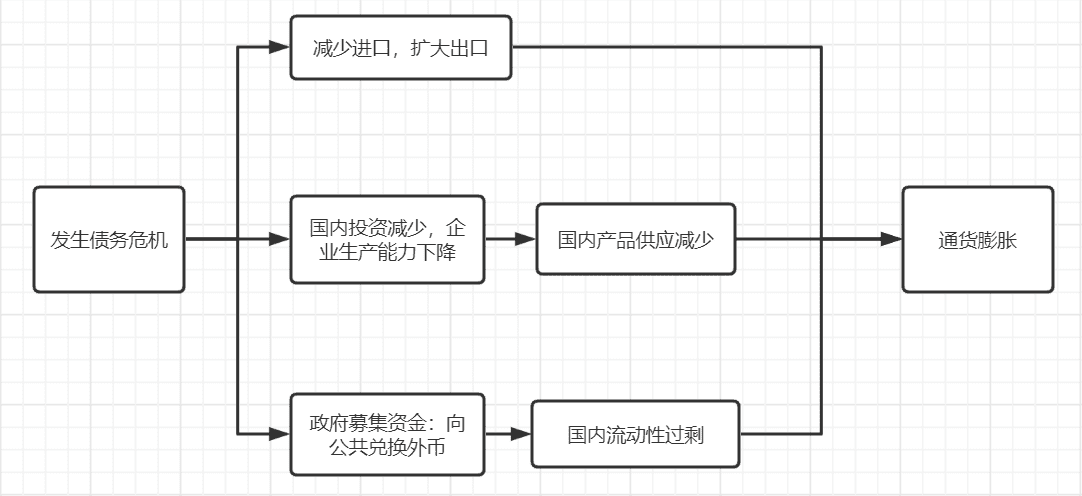What Is Call Auction? How Does It Work?
A call auction is a stock trading mechanism that allows investors to submit buy/sell orders during a specific time window. The exchange’s system then processes these orders collectively to determine a single unified transaction price.

This price is typically referred to as the opening price or closing price, depending on whether it occurs before the market opens or closes.
-
A-share Opening Call Auction: 9:15 AM – 9:25 AM (trading days)
-
A-share Closing Call Auction: 2:57 PM – 3:00 PM (trading days)
How It Works
Imagine a bustling vegetable market where vendors haven’t set prices yet. Buyers and sellers shout offers to negotiate deals.
-
The opening call auction acts like a "pre-market pricing session":
Between 9:15–9:25 AM, buyers/sellers compete—higher bids or lower offers get priority when the market opens. -
The closing call auction follows the same logic:
More competitive prices submitted between 2:57–3:00 PM are prioritized for execution.
Key Functions
-
Price Discovery
Aggregates supply and demand to determine a fair price reflecting market equilibrium.
(Like vendors adjusting prices based on customer demand and inventory.) -
Reduces Volatility
The opening/closing price is derived from bulk orders, minimizing erratic price swings caused by individual trades.
(Similar to a market referee setting a reference price to prevent chaos.) -
Prevents Manipulation
Centralized order processing reduces the risk of opening/closing price manipulation by large players.
(e.g., preventing a "vendor" from artificially inflating or crashing prices.) -
Enhances Efficiency
A unified price ensures fairness and streamlines transactions.
Notes
-
Orders submitted during the call auction cannot be canceled.
-
The opening auction sets the day’s opening price; the closing auction determines the closing price.
In Summary:
A call auction is a mechanism to consolidate orders and set opening/closing prices. Its core roles are ensuring market fairness, facilitating price discovery, curbing volatility, and mitigating manipulation risks.
















